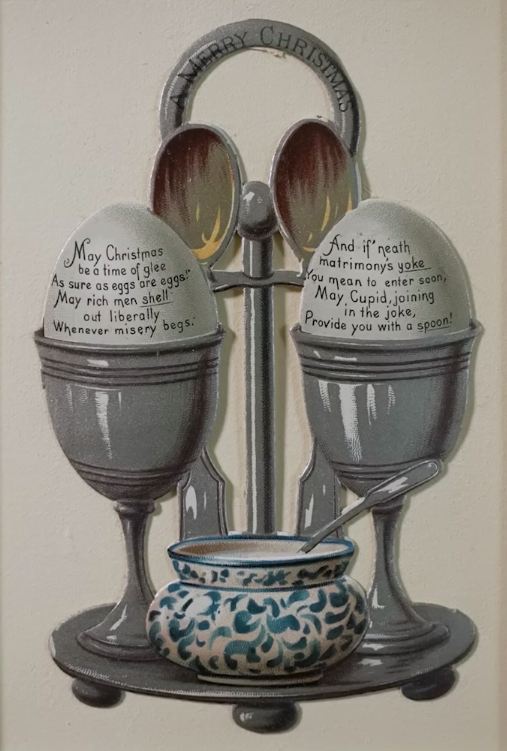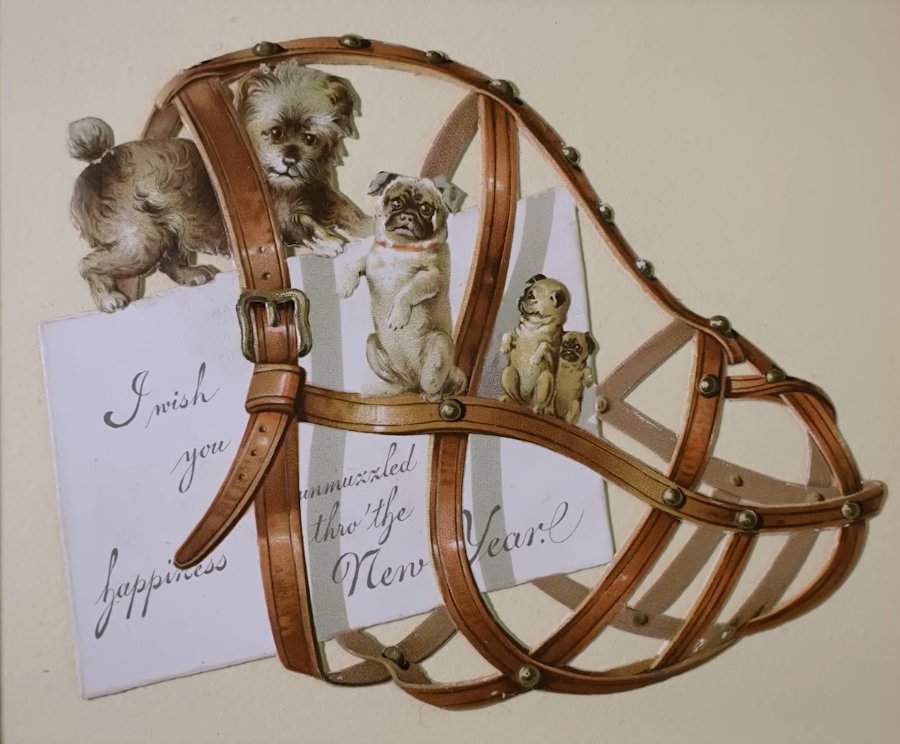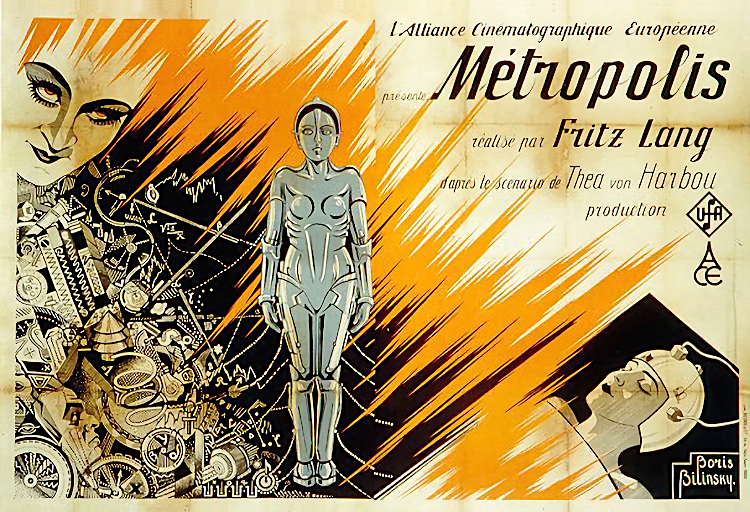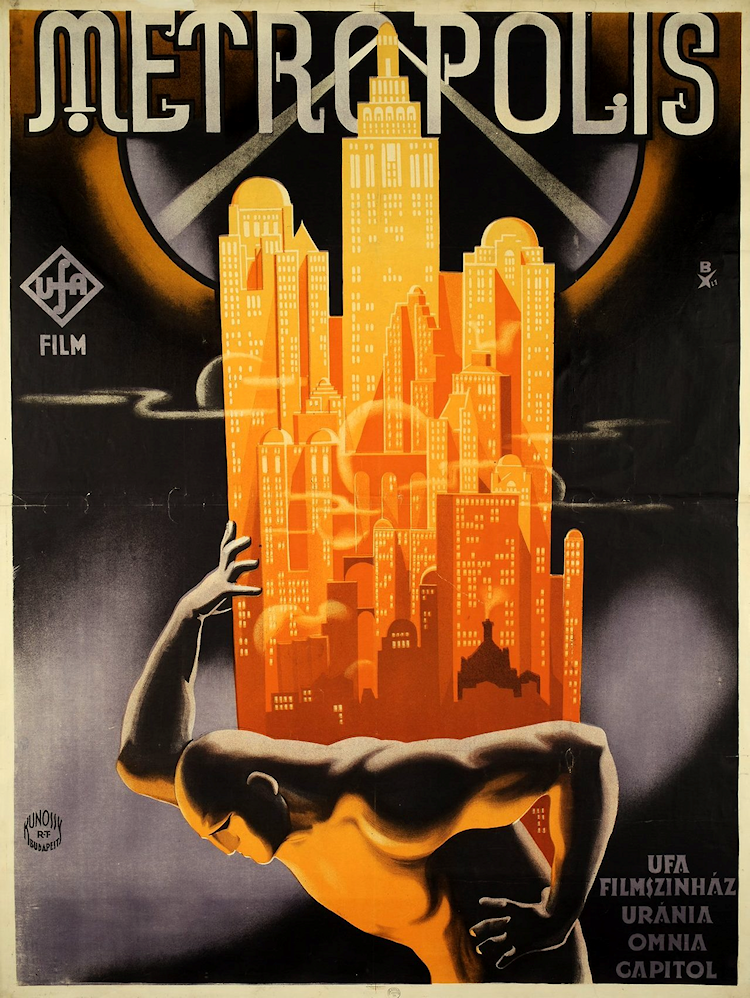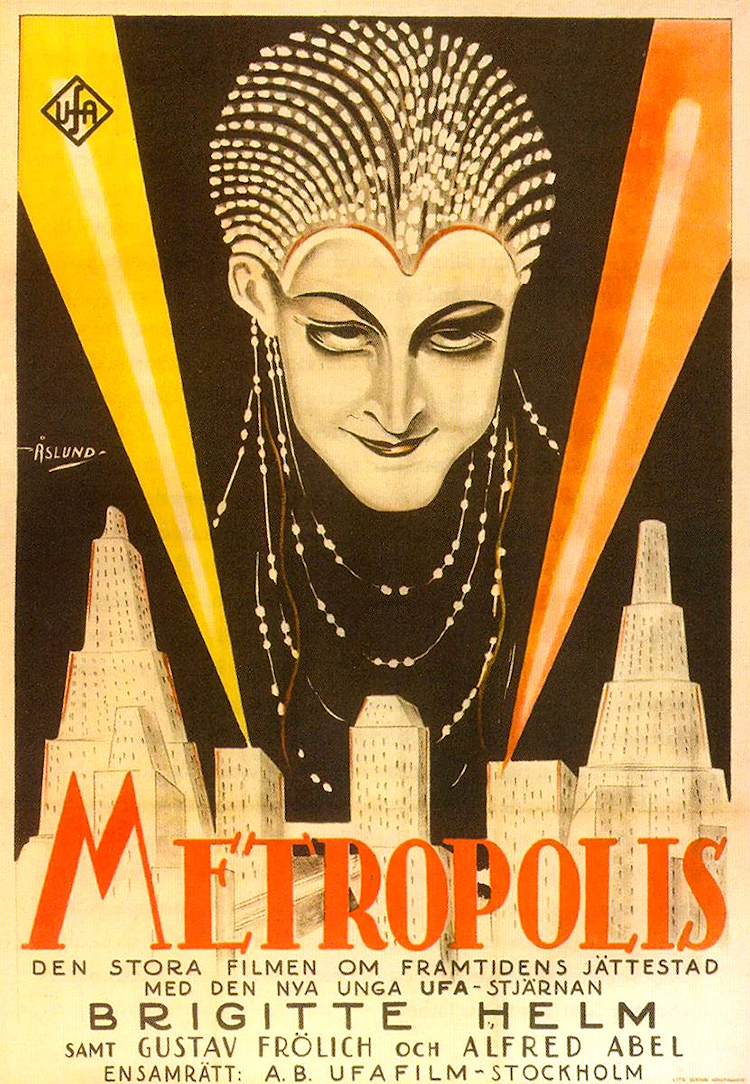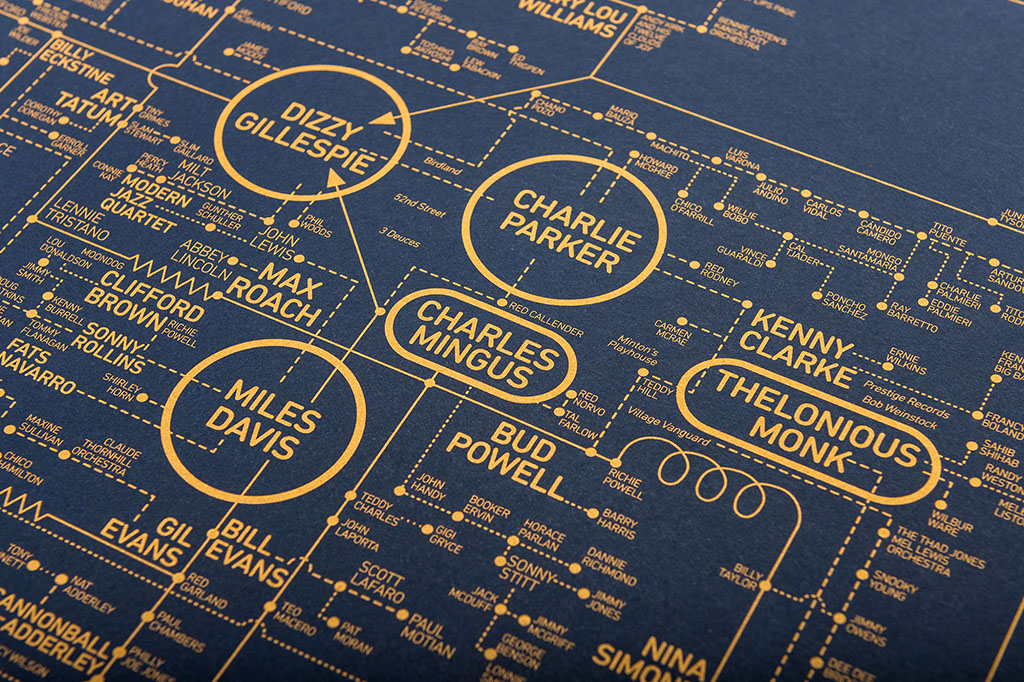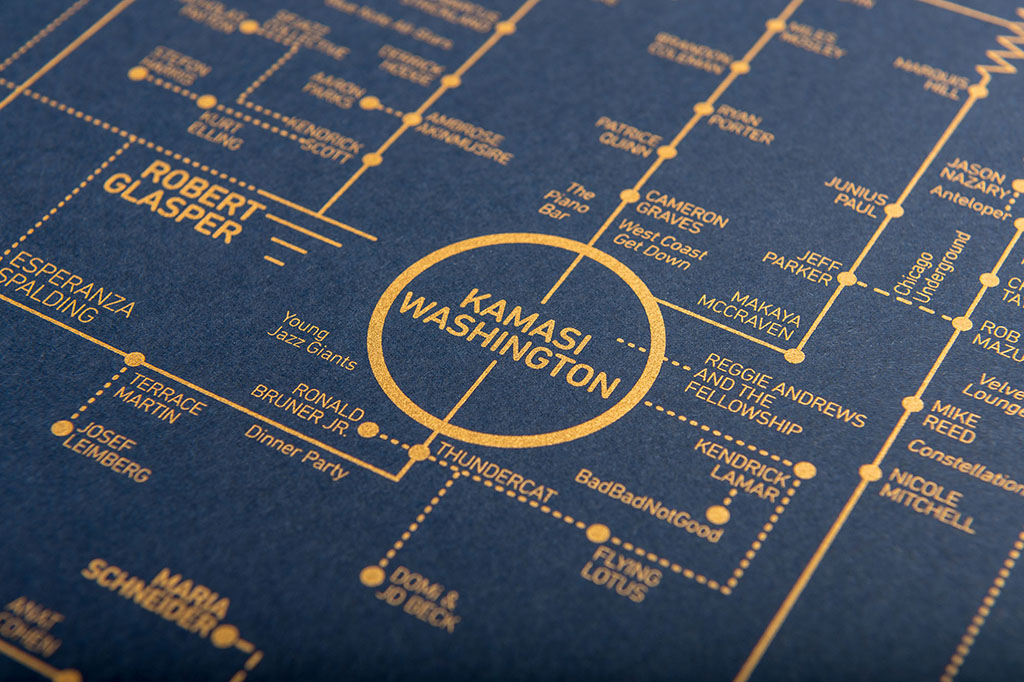Art forgery is a sturdy trope of film and fiction. We’re all familiar with the spectacle of a rarified expert examining a work, while a wealthy collector anxiously wrings their hands nearby.
As Maggie Cao observes in the Guardian:
Forgeries expose some of the art world’s most psychologically complex figures: the collector and the counterfeiter. What compels the prototypical collector to accumulate objects of beauty is usually a peculiar devotion to the power of singularity. The collector worships art’s power to move us, a power we imagine emanates from unique objects. Meanwhile, what motivates the counterfeiter is an undue confidence in the possibilities of replication. To deceive a viewer with a copy is to affirm that copy’s interchangeability with the original.
But what if art forgery can be used for good?
That’s the hope of Roger Michel, founder of the Institute for Digital Archaeology, who employs technological advances to preserve culturally significant objects and offer accessible tactile experiences to those with vision impairment.
Shortly after ISIS destroyed the Monumental Arch of Palymyra, he harnessed 3D technology to recreate the 1800-year old landmark in two-thirds scale Egyptian marble.
The public was able to get up close and personal with the model in various locations around the world, including New York’s City Hall Park, Florence’s Piazza della Signoria, and London’s Trafalgar Square, where Michel enjoyed watching passersby touching and photographing the replica Arch:
There are guys in Carnaby Street suits mixed with young people in hip-hop clothes and Syrians in traditional dress. It’s the crossroads of humanity, and that was what Palymra was.
Michel is also striving to convince the British Museum that all will not be lost, should it choose to repatriate the 2,500-year-old Parthenon Marbles to Greece, much as the Smithsonian returned 29 Benin bronzes taken during an 1897 British raid to the National Commission for Museums and Monuments in Nigeria.
Michel made his case with a robotically carved facsimile of the head of the Horse of Selene, above, which is all the more remarkable when one learns that he was working from photos taken on an iPhone and iPad while visiting the gallery in which it is displayed, after the museum refused his request for an official scan.
The item description on the museum’s collection’s portal notes that the Horse of Selene was purchased from Thomas Bruce, 7th Earl of Elgin, who took possession of it while serving as Britain’s ambassador to Ottoman Turkey from 1799–1803.
(The description neglects to mention that rather than allow him to adorn his home with this and other ill-gotten antiquities, a parliamentary committee ordered Lord Elgin to sell his vast collection to the British government for £35,000, which is how they wound up in the museum.)
Originally a part of the Parthenon’s east pediment, the Horse of Selene is such a fan favorite that the museum shop sells an “exquisite” hand-cast resin replica for £1,650, promising that it will make “a show-stopping point of focus in any home.”
Perhaps…though we’re willing to bet it can’t match the verisimilitude of the tiny chips and chisel marks painstakingly captured by the robot carver, which took about about 8 days to create a rough model once it received the scans, followed by some 3 weeks of refining. The robot got an assist at the very end from human artisans, whose handiwork Michel calls “the crucial 3 to 5 percent.”
Giacomo Massari, founder of Robotor, who partnered with Michel on this recreation, vaunts the precision technology makes possible:
You can recognize every scratch. You can see the flaws of the stone and you can see the challenges our colleagues from 2,000 years ago were facing. It’s like going back in time — you can feel the struggles of the artist.
The museum brass appears unmoved by the prospect of swapping replicas, no matter how excellent, for the frieze panels, sculptures, architectural fragments and other treasures of antiquity Elgin shipped home from the Acropolis in the early 1800s, though the New York Times reported last week that secret talks with Greece’s prime minister may indicate the two parties are edging closer to resolution.
This collection has been a cultural hot potato since Lord Byron, touring the Parthenon shortly after Elgin made off with so many its treasures, denounced his avarice in a poem titled The Curse of Minerva:
Lo! here, despite of war and wasting fire,
I saw successive Tyrannies expire;
‘Scaped from the ravage of the Turk and Goth,
Thy country sends a spoiler worse than both.
Survey this vacant, violated fane;
Recount the relics torn that yet remain:
‘These’ Cecrops placed, ‘this’ Pericles adorned,
‘That’ Adrian reared when drooping Science mourned.
What more I owe let Gratitude attest—
Know, Alaric and Elgin did the rest.
That all may learn from whence the plunderer came,
The insulted wall sustains his hated name:
For Elgin’s fame thus grateful Pallas pleads,
Below, his name—above, behold his deeds!
The New York Times quoted a middle-aged London bus driver who voiced the opinion, as did the vast majority of respondents to a British survey, that the Parthenon sculptures should be returned to their land of origin, remarking, “It’s like the Crown Jewels. If someone took those, you’d want them back, wouldn’t you?”
His argument is a hard one to refute in an age when the innovative technical solutions promoted by Michel and the Institute for Digital Archaeology create opportunities that Lord Elgin and museum visitors of yore could never have envisioned.
The public invitation to the November 2022 unveiling of the Selene Horse replica stated that “Britain’s stewardship of the Elgin marbles embodies a psychologically complex story of obsession, possession, and assimilation — so far without resolution”, asking:
Might perfect copies, rendered in sacred Pentelic marble, suggest a possible path forward?
Readers, what say you?
Related Content
John Oliver’s Show on World-Class Art Museums & Their Looted Art: Watch It Free Online
Take a Virtual Reality Tour of the World’s Stolen Art
The British Museum Is Now Open To Everyone: Take a Virtual Tour and See 4,737 Artifacts, Including the Rosetta Stone
- Ayun Halliday is the Chief Primatologist of the East Village Inky zine and author, most recently, of Creative, Not Famous: The Small Potato Manifesto and Creative, Not Famous Activity Book. Follow her @AyunHalliday.










